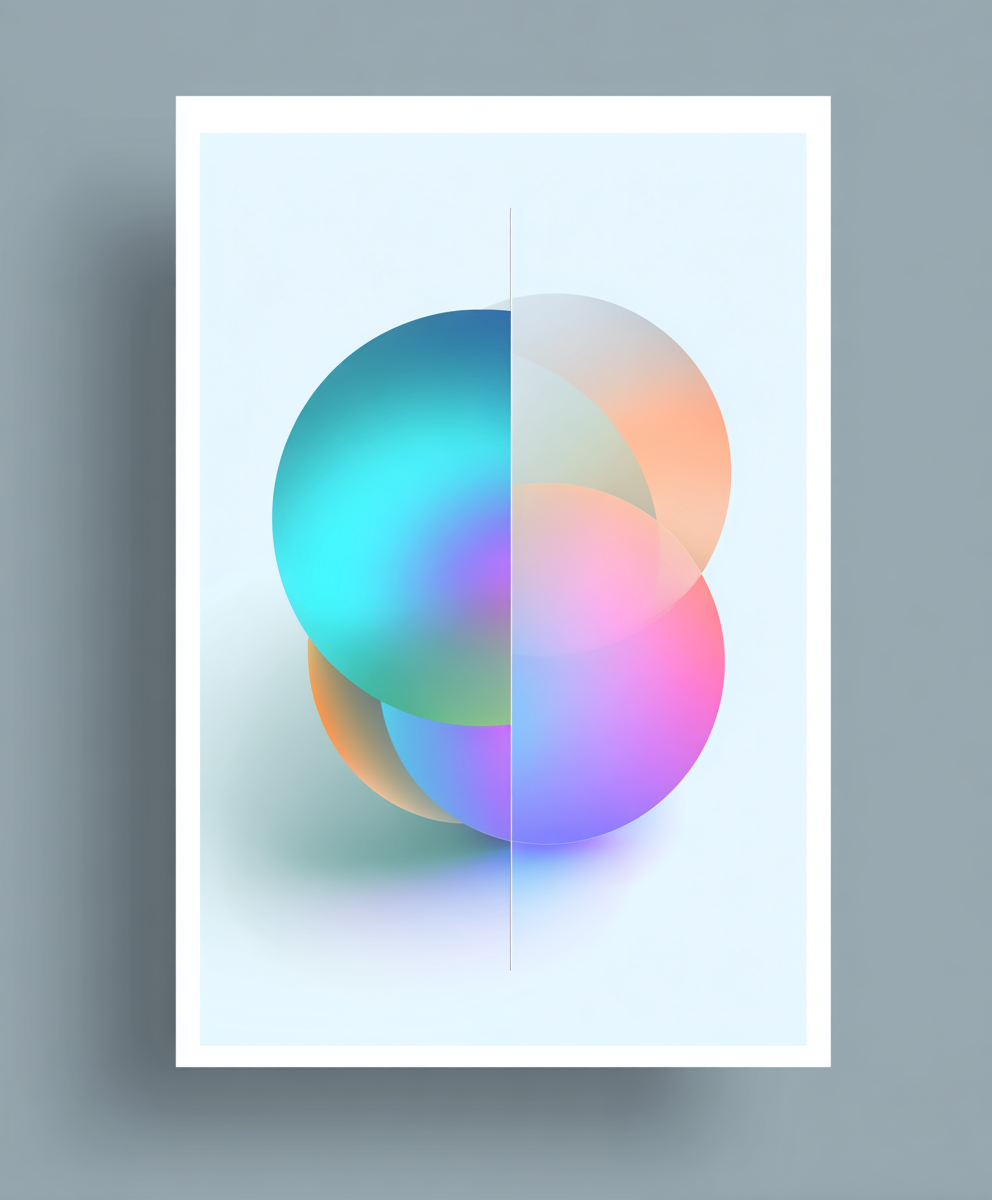AI-generated posters are no longer a novelty.
Tools like Midjourney, Seedream, DALL·E, and Runway have already replaced the designer’s sketchbook.
But the aesthetics of AI-generated design go beyond technical perfection.
At their core lies a collection of human visual memories —
a database of countless artistic decisions made by real people.
AI is not a creator; it is a mirror that reflects our collective sense of beauty.
When we look at AI-made posters, we often feel something strangely emotional.
Perfect composition, balanced color harmony, flawless lighting —
yet an odd sense of distance.
That subtle imperfection is what gives these works their human quality.
Designers today are no longer just makers; they are interpreters.
Among the endless images that AI presents,
the true artistry lies in choosing — and giving meaning to that choice.
The future of design will not be defined by who can generate faster,
but by who can see deeper.
Because when a human decides the direction,
even an AI image becomes a work of design.
Conclusion
AI can compose beauty,
but it cannot define meaning.
The designer’s role is not to compete with machines,
but to give intention, context, and emotion to what machines create.
The aesthetics of AI are, in the end, the aesthetics of humanity.

💬 댓글 0개
첫 번째 댓글을 남겨보세요!